Words by Ian Pennington.
Across the UK, councils are beginning to act on the government expectation that we need to prioritise walking and cycling in order to realise a new normal in the COVID-19 era.
Consultation maps have been launched with the aim of identifying locations where physical distancing is difficult or downright dangerous due to our existing street layouts, in order to bring forward solutions in the form of temporary infrastructure.
During a webinar hosted by the Urban Design Group, the technical advisor in Greater Manchester’s Bee Network team, Brian Deegan, set out 13 ways in which council highways teams can make quick, temporary interventions to help make active travel modes safe and convenient during the era of COVID-19 distancing, and beyond.
Here’s what we can suggest to highways authorities to help make our streets safer:
1. Physical distancing strips – e.g. using cones, wand orcas or similar to widen footways.
2. Address antisocial footway parking – e.g. Levenshulme Bee Network are introducing bollards as part of their filtered neighbourhoods plan, but this could also include simply installing cones and greater enforcement by the police.
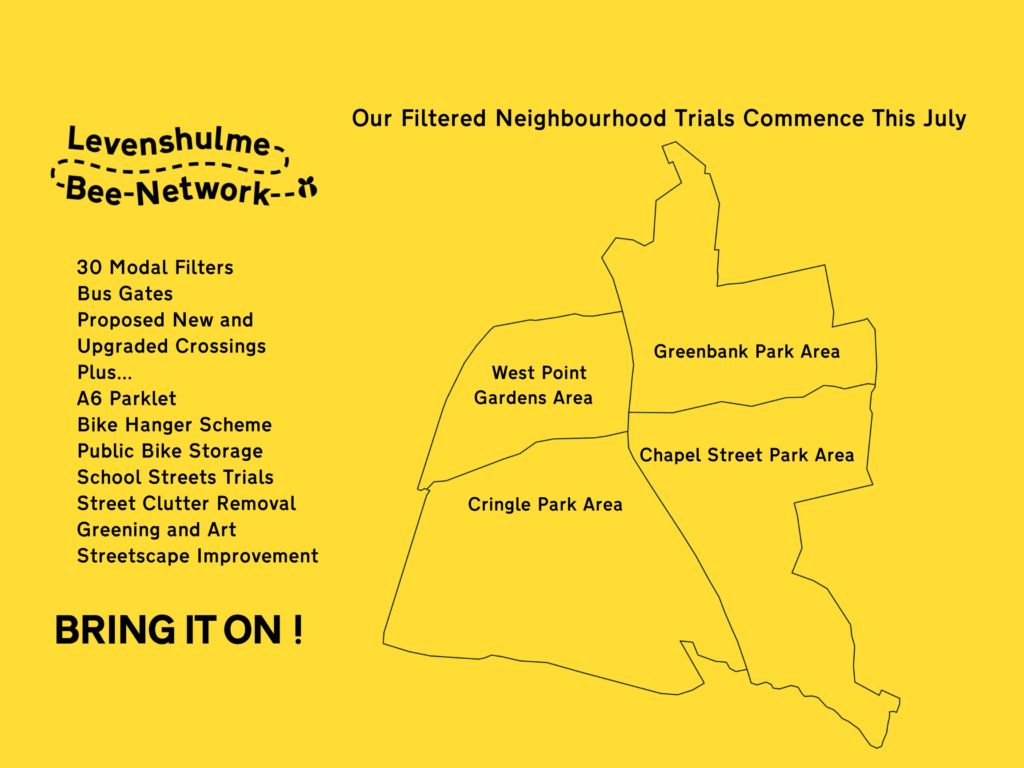
3. Suspending parking bays outside of shops – to support businesses as part of a thriving community by enabling space for queuing and greater footfall.
4. Get rid of rat runs – e.g. by installing modal filters, including bollards or planters, which allow non-vehicle access, but prevent cars from using short-cuts through residential areas.
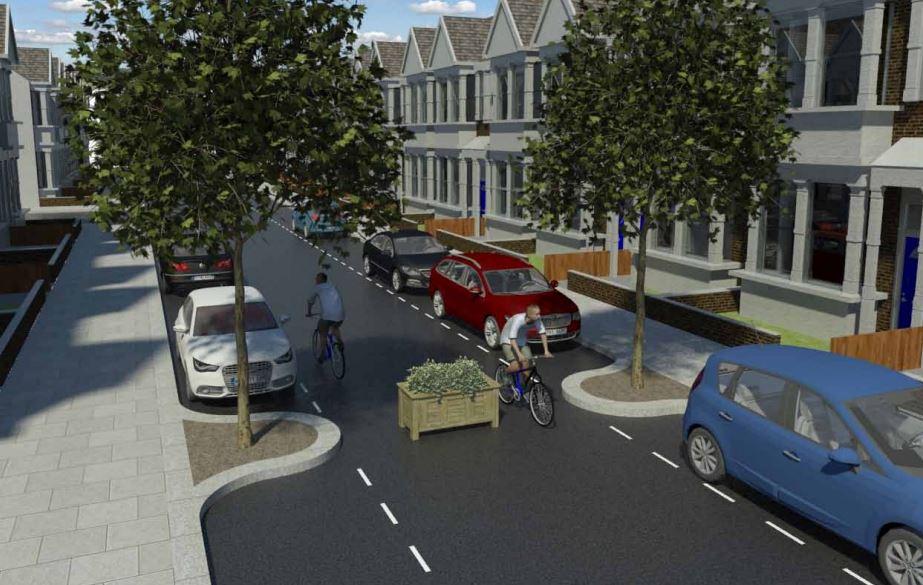
5. Get rid of clutter from footways – e.g. A-boards, unnecessary signposts and other obstacles to using the width of the footway.
6. Guard rail removal – known in the industry as ‘sheep pens’ because they congregate pedestrians together at crossings (while also encouraging speeding by motorists on our roads), guidance has advised against these railings but councils outside of London have continued to install them. In the context of the potential for crowds to congregate at pedestrian crossings, it’s time to get rid.
7. Pedestrian priority streets – see Paris for examples. The strategy includes using colourful road markings as visual clues that drivers should yield to pedestrians as part of child-friendly streets.
8. Temporary signal crossings – the addition of safe crossing points along busy roads can help to avoid congregation at the few existing signal crossings.
9. Speed reduction – by using traffic calming measures or speed limit changes.
10. Upgrade cycleways from paint – e.g. by using cones or wand orcas, as above.
11. Signage – e.g. to advise drivers not to overtake cyclists along sections of road that have been narrowed due to widened footways.
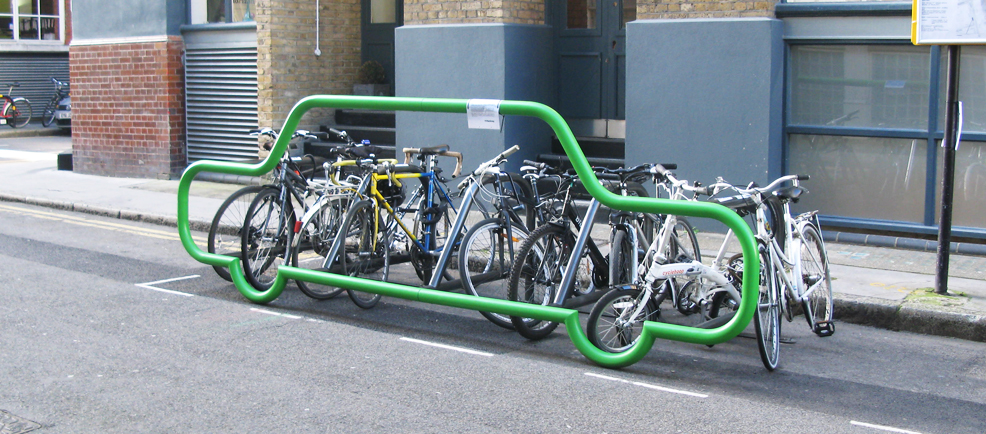
12. Cycle parking – we’ve heard lots of stories about bicycle theft during lockdown; with secure cycle parking positioned in full view of the street it enables natural surveillance and deters criminals. This can be done by removing a car parking space – which can be replaced by 8 to 10 cycle stands.
13. Side road zebra crossings – this is Brian’s pet project and the idea is painting a zebra crossing across side roads to emphasise the pedestrian priority (which is already law via Highway Code rule 170) by creating a continuous footway and prevent drivers from making dangerous turns at speed. It was trialled in Salford last year and research data shows that 82% of motorists recognise that the zebra markings give priority to pedestrians.
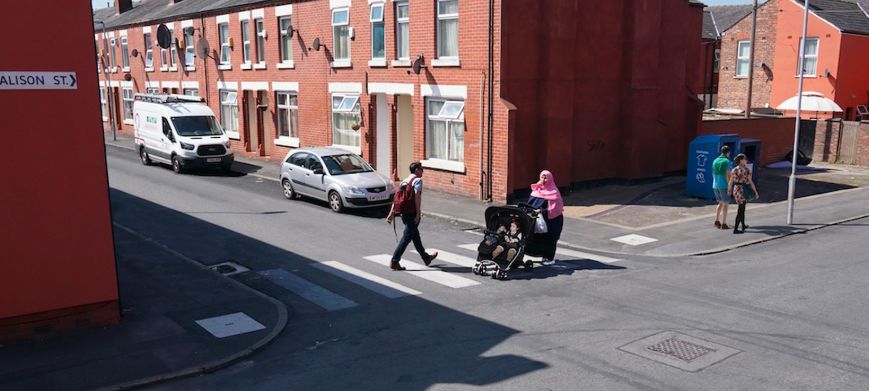
Other speakers included Glasgow Councillor Anna Richardson, Greater Manchester Cycling and Walking Commissioner Chris Boardman, and Urban Movement Director John Dales.
Featured image source TfGM.
Modal filters image source: LB Waltham Forest Mini Holland bid.
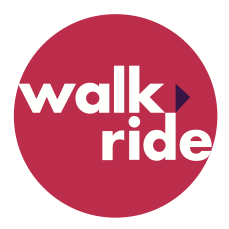
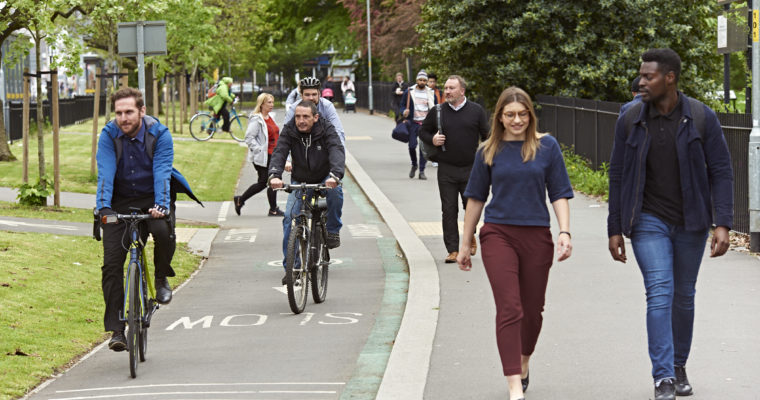
One reply on “13 Street Changes to Make Walking and Cycling Safer in Greater Manchester”
Make it mandatory for every bicycle to be fitted with a loud bell, which should be used in good time when approaching a pedestrian. I have had several near misses when cyclists have approached at speed from
behind without warning.